Click below to listen to my 2 min. Garden Bite radio show: Pussy Willows are for pollinators
Audio PlayerThis native shrub provides some of the earliest flowers which means pollen for our native bees and honey for we humans! The foliage is also host to native butterfly caterpillars! And they love cold climates!
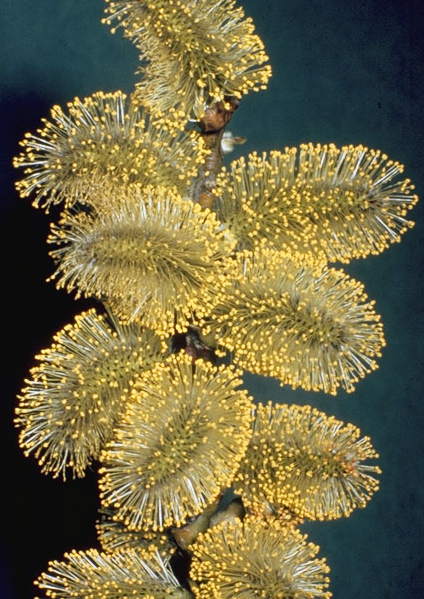
Catkins are typically downy, pendulous, composed of flowers of a single sex, and wind-pollinated.
Pussy Willows (the native variety is Salix discolor) are fast growing, up to 15 to 20 feet tall and prefer wet sites but will tolerate a wide variety of soils. These shrubs are either male or female, they both have flowers but the male’s are showier! The female flowers can disperse and move with the wind….similar to cottonwood flowers, which, admittedly, can be a nuisance. Male flowering plants are usually what is sold in the garden centers.
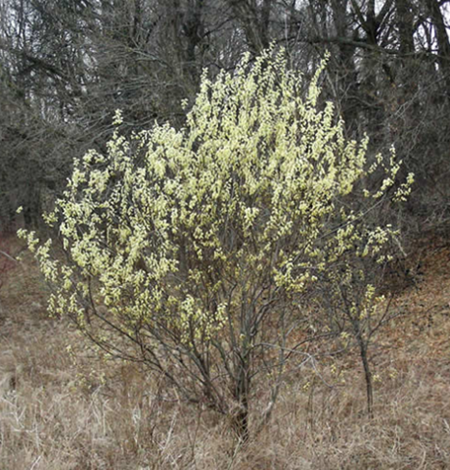
The good thing is, you don’t need plants of both sexes to get flowers…planting one male plant will give you showy flowers. Pussy Willows are vigorous growers. Cut them back to the ground and you’ll get more shoots and more flowers.
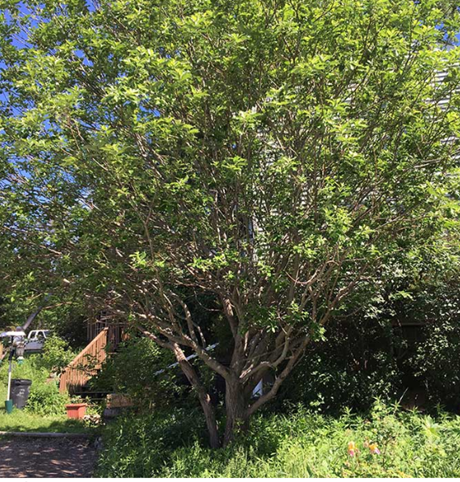
Cuttings can be used to make a wattle fence or woven to make a living garden fence. Take a look at weaving using twigs of any sort on GrowVeg.com. Take a look at living willow hedges by insteading.com

The Laid Back Gardener has some very cool information on pussy willows as well as some pretty pictures!
Salix discolor is the native but there are also cultivars. Goat willow or French pussy willow, Salix caprea, is native to Europe and Asia, and has many cultivars grown for their attractive stem color or shape.
Don’t be nervous, these Weeping willows will only grow to about 8 feet!
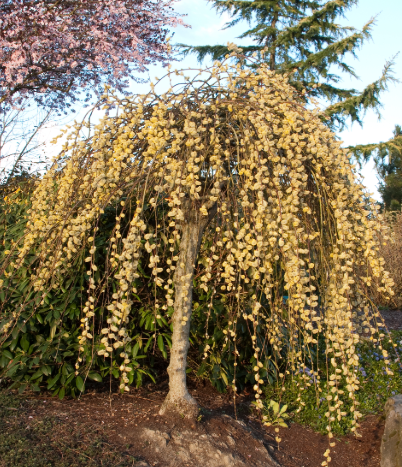
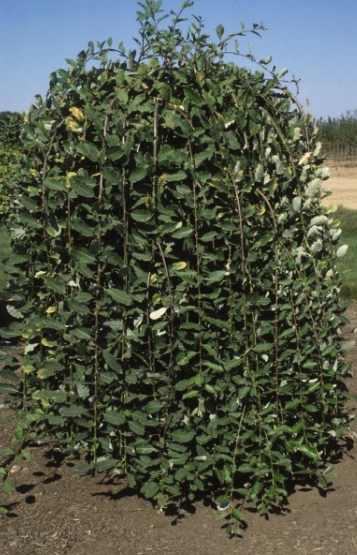
A ‘Corkscrew’ willow can grow big! Check it out at Monrovia.com. And if you want PINK catkins…
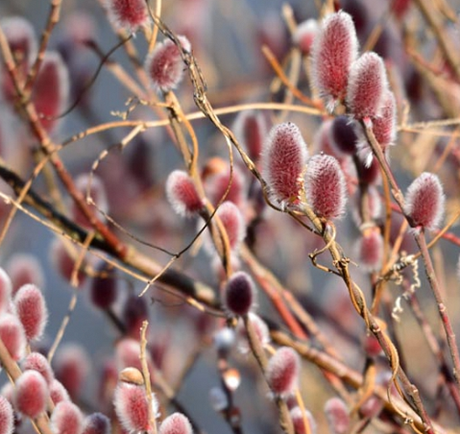
And here’s another super cool thing… Cornell University is working extensively on willows for bioenergy, see Willopedia. Wood chips made from willows can be dried and pelletized to produce heat and/or electricity and biofuels such as ethanol. They have a “low nutrient and nitrogen demand compared to other [energy] crops.”
